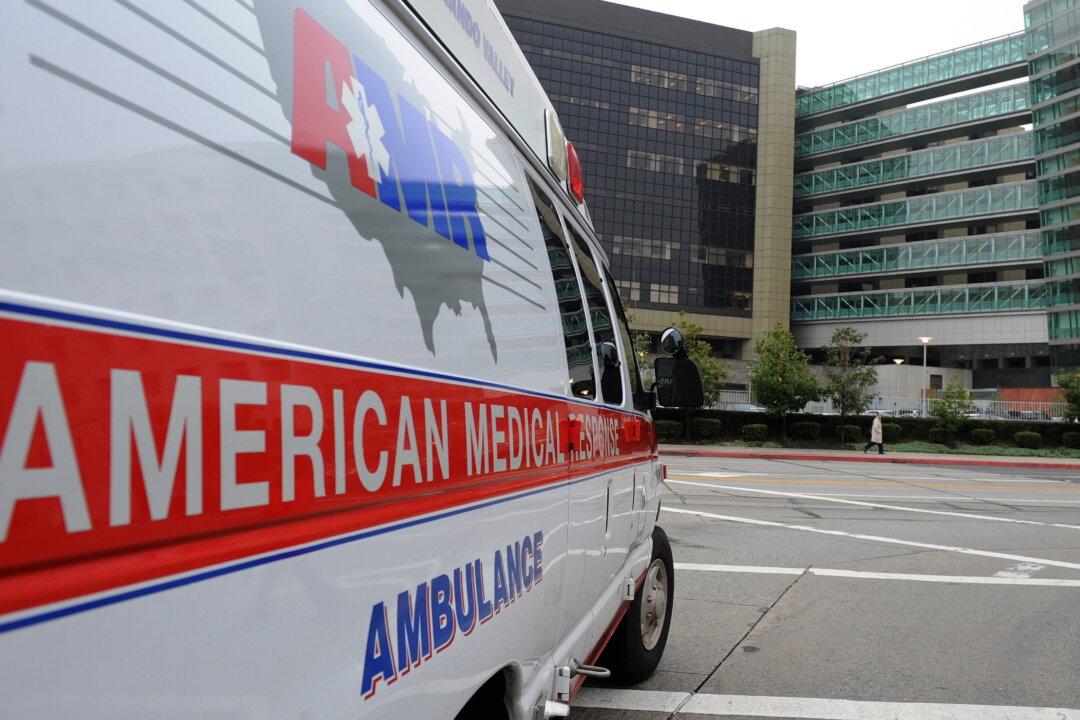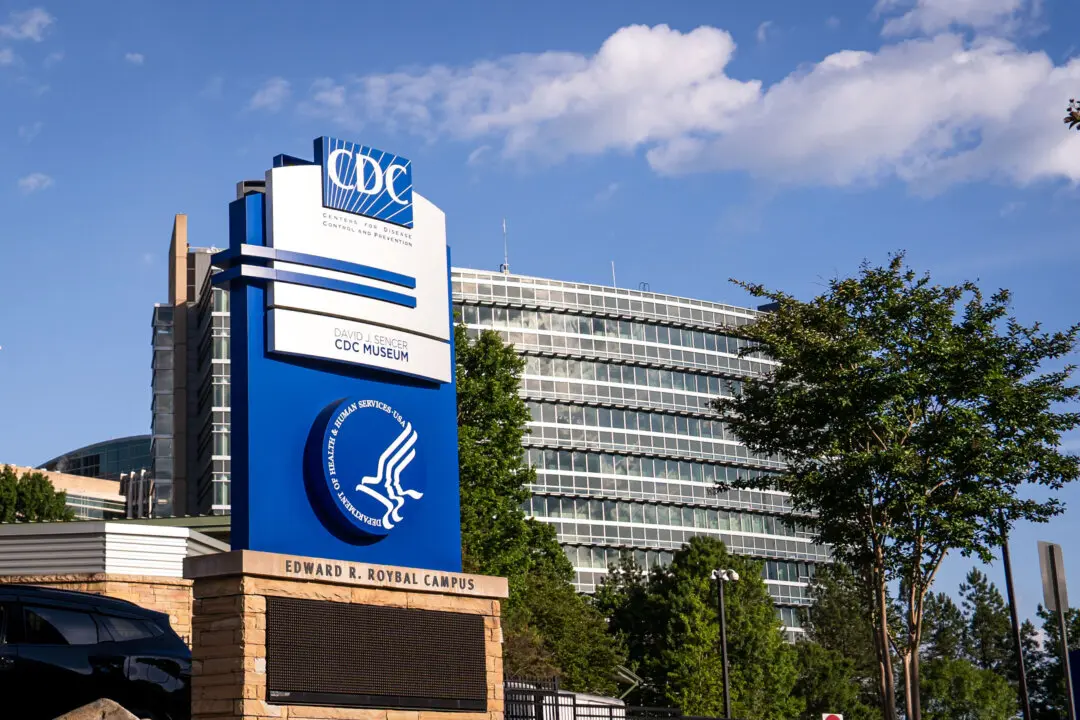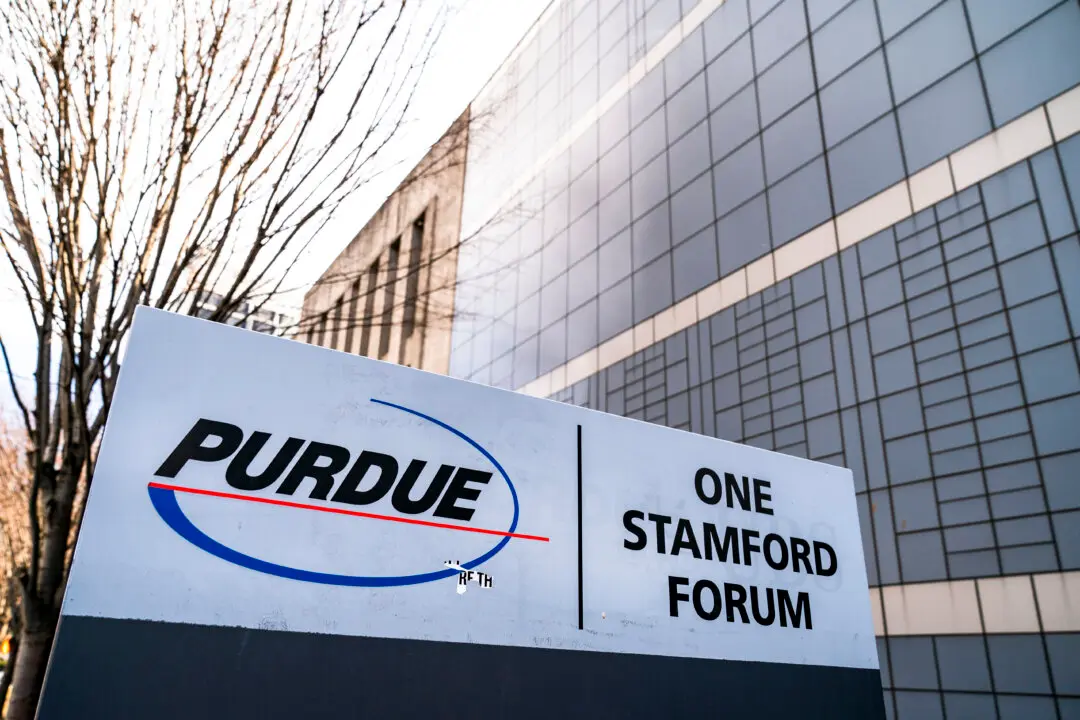An increase in the failure of wind turbine components and the subsequent financial fallout are creating uncertainty about the true sustainability of an industry that’s campaigning for green energy.
Siemens Energy announced on June 22 that it would be withdrawing its profit assumptions and initiating a technical review of Siemens Gamesa’s onshore wind farm, which could cost more than $1.1 billion.





